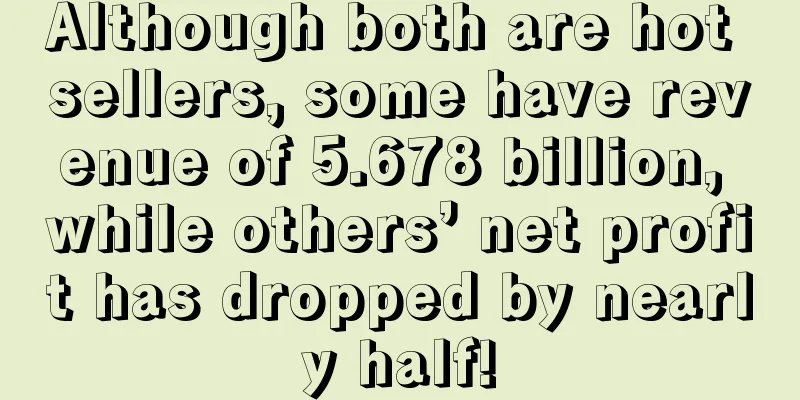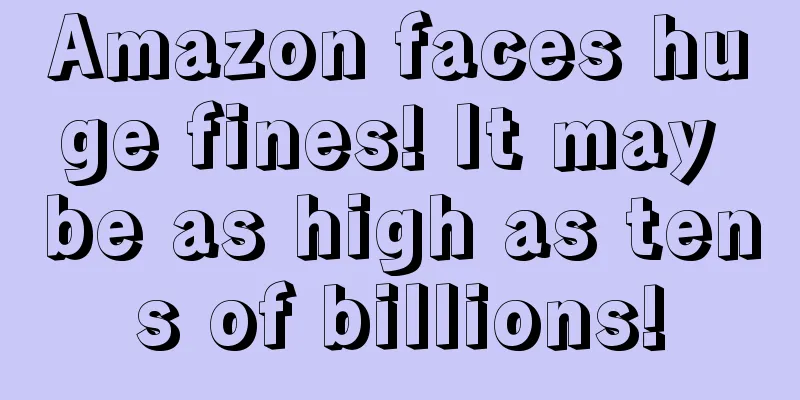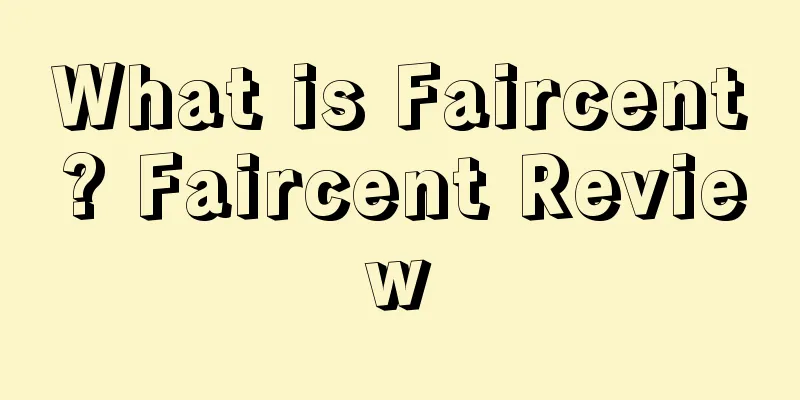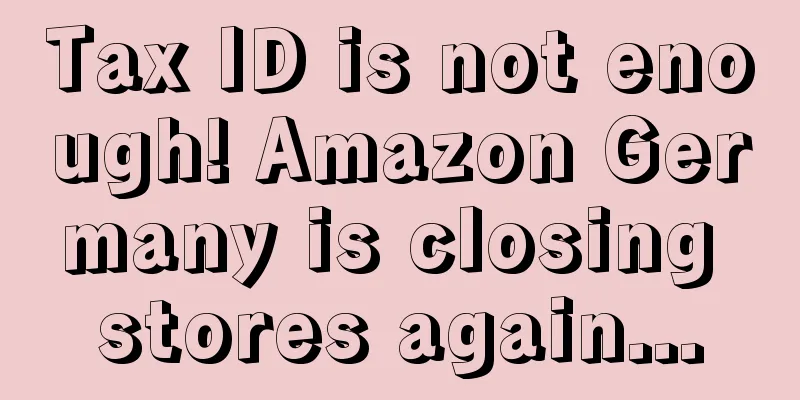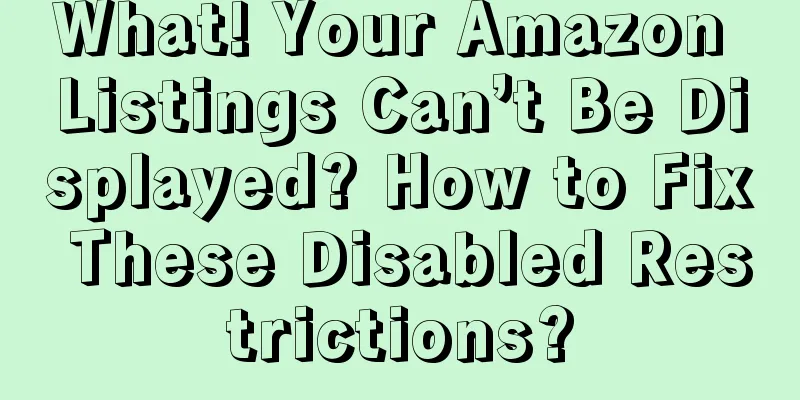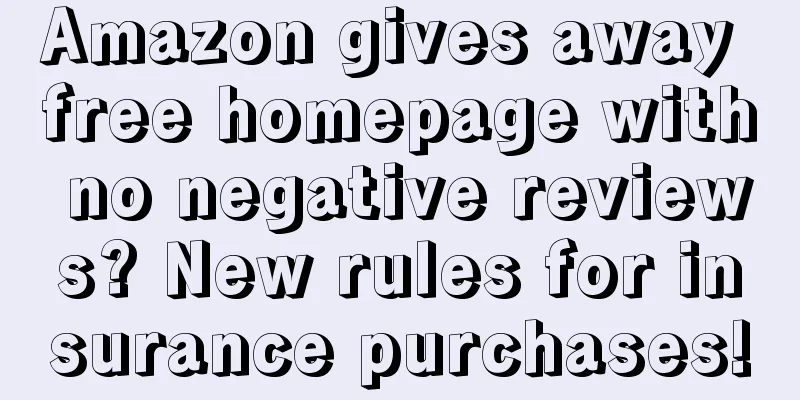Amazon’s three new policy changes: where will sellers go?
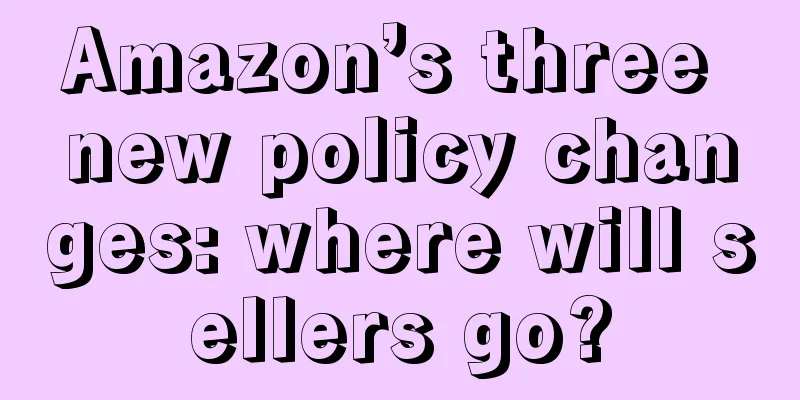
|
Recently, Amazon has released a wave of new policies and new features one after another. A series of major changes have been introduced in just a few days, and sellers have instantly felt tremendous pressure. There are both good and bad things in this update. Sellers should be alert, as they may miss important information if they are not careful! Store ratings are publicly displayed, and seller ratings become the key Previously, Amazon only displayed product ratings, but now the seller’s store ratings are also displayed on the search page. This means that buyers will not only look at the quality of your products, but also the reputation of your entire store. This is undoubtedly a big challenge for sellers who have many products but low overall store feedback. It’s very stressful to maintain both product ratings and store ratings! However, this change is bad news for those sellers who maliciously follow sales and fail to ship products, because it is now easier for buyers to identify which stores are trustworthy, and fraudulent sellers will have nowhere to hide. Before we could even come to our senses, Amazon added a new section called “Shop deals on related items”, which specifically displays similar products that are on sale. The impact of this column on sellers is self-evident. If you don’t offer a deal, and your competitors are offering price cuts, buyers may be attracted by the discounts in this column and turn to buy other people’s products. In other words, sellers either lower their prices or offer deals, because Amazon is determined to keep product prices down. It’s good for consumers, but for sellers, especially small sellers whose profits are already low, it’s a nightmare! Product price history is made public, and a price war is imminentWhat’s even more frustrating is that if Amazon feels that your product’s price is not competitive, it may even hide the “Buy” button, forcing consumers to look for cheaper alternatives. Imagine that if a buyer sees that your price is higher than before, will he still pay for it? Most likely not. As a result, sellers have to lower prices again and again in order to avoid losing orders, which leads to shrinking profit margins and increasingly fierce competition. Final WordsJudging from these updates, Amazon’s core logic is only one: desperately lower the prices of sellers’ products! Top sellers may be able to withstand the pressure, but for small sellers who do not have price advantages and whose supply chains are not strong enough, such changes will undoubtedly increase the difficulty of survival. If you are not careful, you may be eliminated! Therefore, sellers must pay close attention to these new policies and adjust their pricing strategies and operating methods in a timely manner, otherwise they may be caught off guard in this price war. Zhaodanmao Cross-border wishes you all great sales in the peak season and continuous orders! |
<<: Another trademark is used as a weapon, 100,000 listings are in crisis!
Recommend
What is Toppr? Toppr Review
Toppr is an Indian online exam preparation platfor...
Walmart announces partnership with BeautySpace NK, its first foray into luxury beauty
Walmart is working with BeautySpace NK to bring hi...
What is STARDAY? STARDAY Review
STARDAY is a cross-border e-commerce service platf...
A detailed explanation of Amazon Review Weight! (Bonus at the end of the article)
First of all, I would like to make it clear that ...
The United States will impose an additional 10% tariff on Chinese goods, effective March 4
On February 27, 2025, local time, US President Tru...
Amazon Mailbox Bomb
I don’t know if you Amazon sellers Have you ever ...
In 2024, the return loss in the United States will exceed 103 billion US dollars, and the return rate of e-commerce platforms will reach 24.5%.
It is learned that recently, according to the 2024...
Attention! These Amazon warehouses are overwhelmed! A large number of goods cannot be scheduled for delivery!
It is learned that on April 27th local time, Amazo...
Shipping costs on multiple routes have skyrocketed, causing sellers’ costs to soar during the peak season!
Prime Day As the big promotion draws near, prepara...
Sellers, please note! Amazon tightens its policies again!
Amazon’s temper is really unpredictable, and the p...
Amazon Advertising has added new features!
Cross-border Business School Information and skil...
The first wave of people using DeepSeek to "do cross-border" appeared
Around the Spring Festival, the "mysterious p...
FSIS recalls 15,000 pounds of infected beef sticks! Available at Walmart, Kroger and other supermarkets!
The U.S. Department of Agriculture's Food Safe...
Product development should be adapted to local conditions: At the current stage, how can we improve the success rate of product selection?
Chen Yinbing1 My C position A netizen sent me a We...
What is Zhehui International? Zhehui International Review
Zhehui International (Ningbo Zhehui International ...



